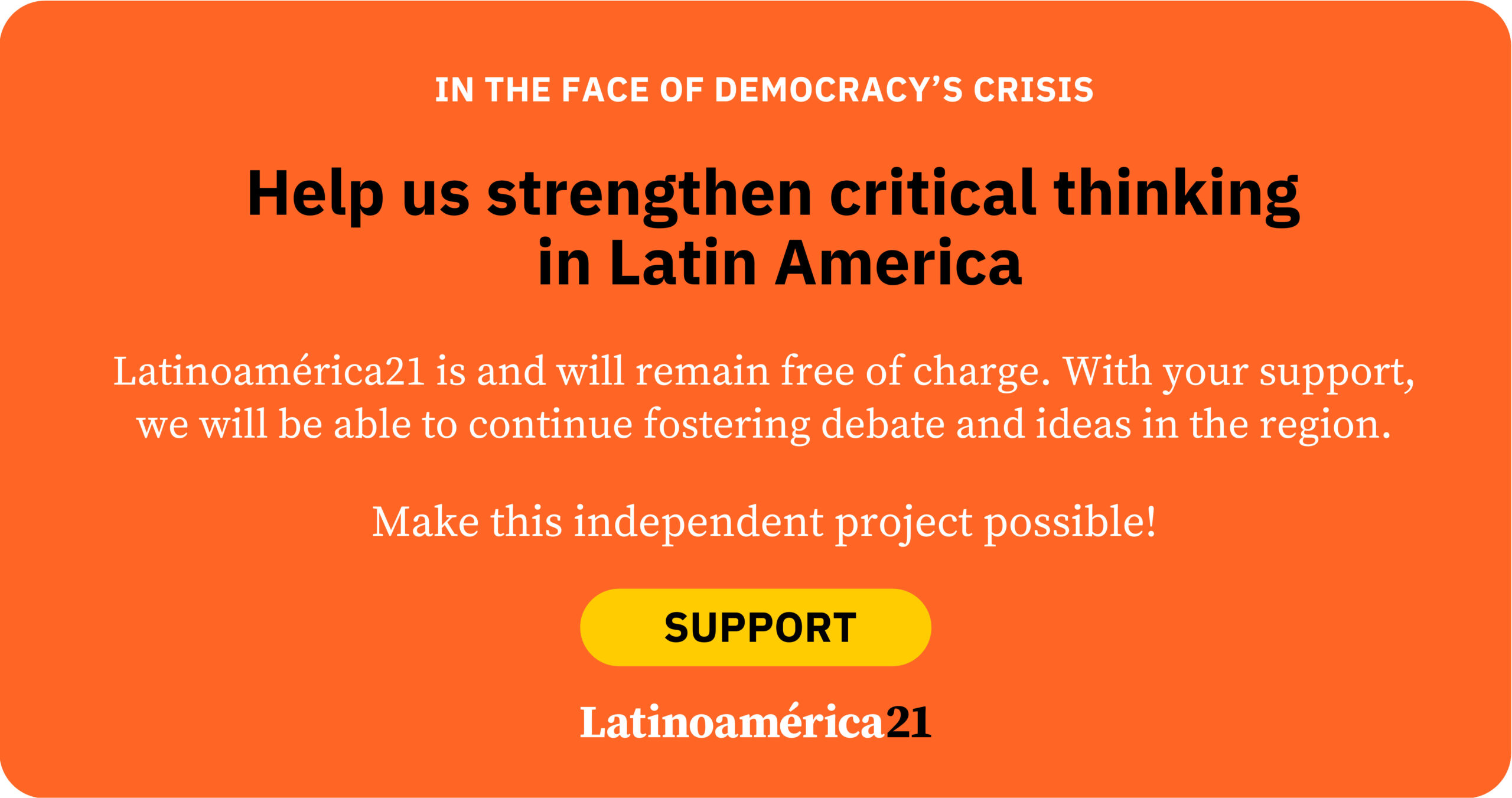
The internet was born as a promise of connection. Two decades later, it seems more like a battlefield: a space of conflicting discourses, clashing identities, and constant polarization. Yet, amid the noise and the algorithm, small communities are beginning to emerge, bringing back something we thought was lost: the capacity to be together — even if only in minimal, ironic, or ritualistic ways.
Amid the fatigue of exposure and fragmentation, certain digital spaces function as symbolic refuges. They are not ideological or activist groups, yet they have unintentionally become niches of affection, humor, and mutual recognition. Places where presence — that simple act of appearing, commenting, participating — becomes a form of micropolitics of affection, a minimal practice of resistance against digital loneliness and polarization.
The return of the ritual in the digital age
Byung-Chul Han argues that late modernity has eliminated rituals: those repetitive gestures essential for giving stability to life, binding communities, and transmitting shared values. “Despite social networks, we are lonelier than ever.” The rise of nonstop digital communication has enabled many to connect, but without creating lasting relationships; the individual is left disoriented and inhibited, always under the latent threat of being reprimanded or canceled online.
But perhaps rituals haven’t disappeared entirely — they may be reinventing themselves in the most unexpected places. Algorithms, with their insistence on repetition, cycles, and waiting, seem to have generated new digital liturgies. Each reel, each comment, each repeated presence acts as a small contemporary rite.
Algorithmic laboratories: Two Argentine cases
From Rosario, a young woman showcases footwear models on her Instagram account, @cofco.shoes. At first glance, it’s just another commercial display. But something unusual happens beneath each video. A community of men comments using a unique — absurd, endearing, poetic — code: “Leaving you the Formula 1 schedule.” “Hey guys, there’s a card game at Jorgito’s tomorrow.” “I’m going to be a dad again.” There’s no harassment or sarcasm, but a shared game. A tender humor that works as an emotional password. No one talks about the products, but everyone understands why they’re there: they wait to show up, to offer their presence, in a tacit and ironic solidarity.
From Buenos Aires, @bacaraok, a small family-run alfajor business, mirrors the phenomenon. Two brothers present their products with simple charm. This time, however, it’s women who comment — boldly and playfully. “I couldn’t hear well; my eyes got overwhelmed.” “I need to try the product to see if I like the alfajor.” The tone is humorous, playful, choral — an irony that, if it came from a male community, would likely be censored. There’s no competition among them; they celebrate one another.
At Cofco, men soften desire; at Bacará, women celebrate it. In both cases, an affective community is built — one that subverts the usual logics of consumption and gender.
Language, desire, and performance
Digital platforms have become stages for performative communities. They’re not just spaces for symbolic exchange but laboratories for experimenting with possible forms of connection. If, as Erving Goffman warned, all social life requires a performance, then networks amplify that dramaturgy until it often becomes a primary mode of communication.
Goffman notes that every social interaction is a performance. It’s not just about transmitting information — it’s about playing a role, sustaining an image. In the digital ecosystem, this daily dramaturgy takes another form: each comment, each emoji is a small performance. Repetitions, ironies, brief interventions — all imply a kind of presence on the www stage, but not face to face.
Roland Barthes observed that the language of love is not transparent but elliptical: made of silences, detours, and floating signs. The repeated presence — that “I’m here, like every Monday” — works as a disguised declaration, a form of emotional continuity in an age of fleetingness.
Affection as infrastructure
Lauren Berlant speaks of spaces of attachment and identification, where belonging is built through affection rather than ideology. Digital communities often function this way: they are neither organizations nor collectives, yet they allow for a sense of belonging and a diffuse, affective kind of care.
In these cases, affection unfolds through waiting. At Cofco, men await each video as one waits for a beloved visit. At Bacará, women call each other together in laughter. These are ephemeral presences, yet repeated over time. It is precisely in repetition that the bond is formed: the algorithm, without intending to, finds patterns no one can explain and connects people through a shared sensibility.
The micropolitics of affection
As the global digital conversation polarizes, gray zones of affective coexistence emerge. Instead of debate or confrontation, there is play. Instead of solemnity, complicity. In these spaces, humor functions as a micropolitics of escape — a move toward shared complicity.
Nancy Fraser reminded us that struggles for recognition are as political as struggles for redistribution. From that perspective, what happens in Cofco or Bacará is not trivial: they are scenes of mutual recognition in times of collective disillusionment.
In an environment saturated with empty “likes” and hostile, polarizing discourse, these small rituals of commentary and presence are gestures of gentle resistance. They seek neither consensus nor grandeur — only to sustain a minimal community. And therein lies their power.
Perhaps, in the continuous flow of the digital, the internet is unknowingly creating new spaces for sociability — ones that don’t depend on ideological agreement or the need to persuade, but simply to be. A sociability founded not on reason, but on affection.
In the margins of consumption, in the hidden corners of networks, the impulses of encounter, empathy, and community persist — those that continue to sustain the fabric of social bonds.



